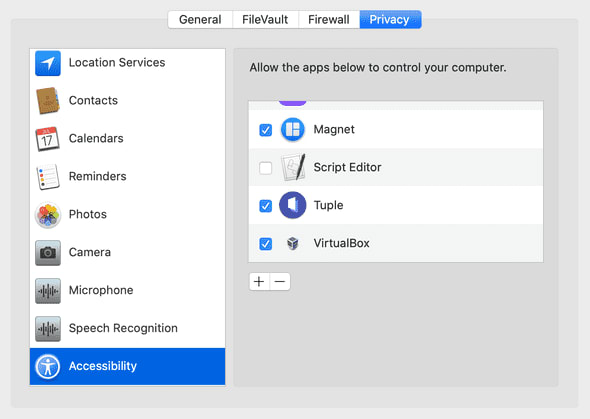Navigating wrapped lines using Vim
I was finding myself struggling to navigate between long wrapped lines in Quiver using Vim’s j and k commands. Text, as opposed to code, can have long physical lines. I could break them up by add a line break after every period but that feels strange. While perusing the Quiver wiki I landed on the Vim section. There was my answer:
Quiver has line wrapping turned on by default (src). To get j and k working normally, either use
:set nowrapor:map j gjand:map k gk.
I applied the keymap and it worked beautifully. I also learned about Vim’s gj option for the first time. Here is the documenation if you are interested.
AppleScript
The next problem was that the map commands were not being persisted. At every restart, I would have to retype :map j gj and :map k gk. The docs came in handy again and pointed me to this applescript. The script would programmatically open Quiver and type in those commands. I modified the script to my preferences. Gave it the correct access permissions for an executable via chmod 755 Quiver.sh and ran it.
Accessability Permissions
I got the following error:execution error: System Events got an error: osascript is not allowed to send keystrokes. (1002).
Turns out my Script Editor didn’t have enough permissions. So I went under System Preferences > Security & Privacy > Privacy > Accessibility and checked the box.
However, I wasn’t done yet. I ran ./Quiver.sh again and got the same permission error. After some research, I realized I needed to give iTerm those same permissions. This is because I was using iTerm to run the script. I gave it those permissions and it worked without errors. However, Quiver’s vim mode started acting weird. Turns out I needed to (programmatically) press Return between the two map calls. I modified my script to add keystroke return between the two map calls and it worked.
Here is the full applescript:
tell application "Quiver"
activate
end tell
tell application "System Events"
-- jump to the correct location (split mode pane)
keystroke tab
keystroke tab
-- if we were already in the cell, jump back
key down {shift}
keystroke tab
keystroke tab
key up {shift}
delay 0.01
-- remap vim
keystroke ":map j gj"
keystroke return
keystroke ":map k gk"
keystroke return
end tell
Handy Alias
The last step was to add an alias so I don’t have to remember the full file path to the script. I added this to my .zshrc:
# Quiver
alias quiver='/Users/jibrankalia/dotfiles/quiver/Quiver.sh'
I then ran source ~/.zshrc so that my current shell picked up the changes. I then typed quiver to the shell and voila everything worked.
Thank you for reading.
Credit to Vincent Yang for the original script.







Top comments (0)